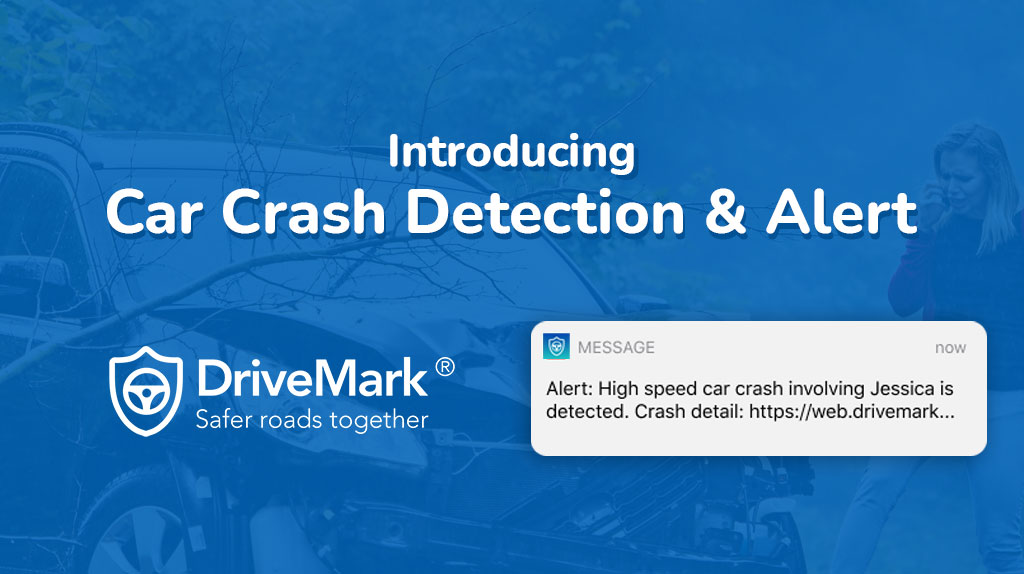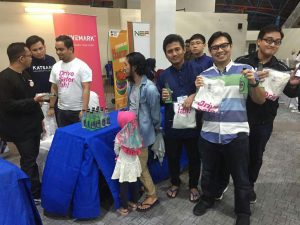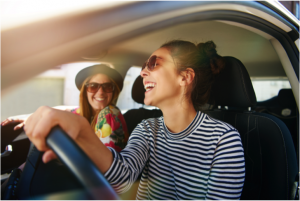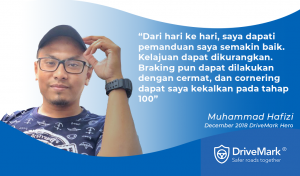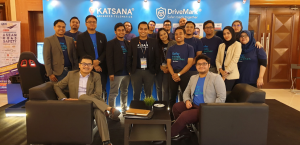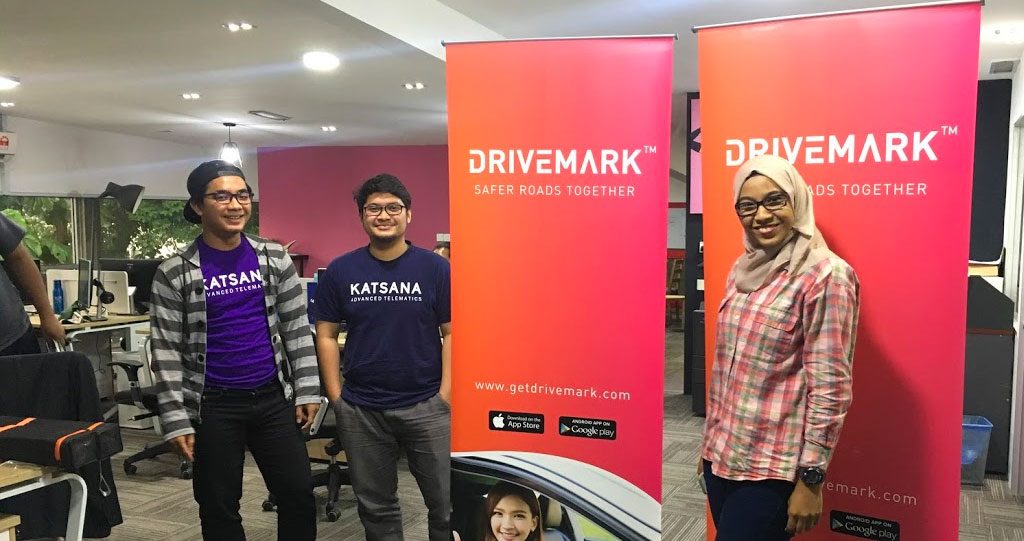
“Asians Cant Drive”
Do you know that Malaysia has one of the highest road fatalities in the world? For every 100,000 citizens, 24 Malaysians are killed on the road. In comparison to our southern neighbour, Singapore has only 4 fatalities for every 100,000 citizens.
There is a lot of truth behind the saying ‘Asians cant drive’. It sounds racist, yes but the data demonstrates how countries in South East Asia have one of the most dangerous roads in the world.
If we look at road accident data, Thailand leads as the most dangerous road to be on with 36 people killed over 100,000, followed by Vietnam with 26 people killed over 100,000 and then Malaysia.

The statistic is disturbing. In the last decade, around 70,000 Malaysians were killed due to road accidents, resulting to around USD20 billion of potential economic loss to the country.
Our life is valuable. We have to fix this plague and encourage drivers to be safer on the road.
From then on, embedded in our hearts and minds is a mission to create safer roads in the world using data insights and impactful engagements.
Moving from hardware telematics to software/app-based telematics
The idea for DriveMark mobile telematics app was first mooted in 2016 as an extension of KATSANA Advanced Telematics / Fleet management system. KATSANA was established in 2013 with focus on vehicle tracking system (tracking stolen cars using GPS). In 2014 onwards, the team designed a driver scoring system to allow fleet managers to have better understanding of driver behavior behind the wheels.
This driver scoring system was called DriveMark.
In 2016, the team realised that in order to encourage safer driving habits among Malaysians, the driver score system has to be widely adopted by drivers, motor insurers and other related parties. This is where we decided to develop DriveMark as a smartphone app for iOS and Androids.
Wrapping DriveMark as an app gives us a lot of flexibilities and advantages.
First, we are no longer tied with hardware telematics. Users can now install DriveMark at no cost whatsoever on mobile phones, and start tracking their behavior immediately. Costly hardware is now a thing of the past. Secondly, app-based telematics is vastly scalable and offer a much faster access to the market. We are no longer required to have a ground support team to fix vehicle tracking hardwares or to pay for mobile connectivity fees.
This flexibility and scalability advantage is immensely critical in helping DriveMark getting adopted by the entire spectrum of the automotive industry.
Ideation, Design, and Engineering of DriveMark version 1.0
Development of DriveMark starts with the ideation and design stage. Ideation is the phase of setting up DriveMark objectives, target user demographic and most importantly creative direction for the app. This includes strategic business decisions that play a main role in defining the app and its purpose.
The initial brief was simple – “an app to score driver behavior and to let them know that good score can lead to insurance discount”.
With that brief, our product team initiated a ‘gamification’ class with the engineering team. We feel that the app should be fun to use, and users are highly engaged to ensure continuous use and relevancy. Learning from mistakes of other usage-based insurance products and knowing that the team consists of several veteran game engineers, a strategic decision was made to include gamification elements into the app.


DriveMark version 1.0 was to test several hypotheses
First released in September 2017 (exactly a year ago), the app was engineered by our small skunkworks team of 3 as an experiment to test several hypotheses. 3 months of development was considered fast with respect to the scale of the app, thanks to pre-existing KATSANA Platform backend & infrastructure that was already mature. In this case, DriveMark is essentially just another data-source medium in our myriad of tracking hardwares already on the KATSANA Platform.
First hypothesis: Mobile telematics is good enough to profile drivers behavior
As we already have 5 years of experience in hardware-based GPS tracking systems & telematics before DriveMark is developed, we are excited to test the hypothesis that mobile telematics is a good and reliable enough medium to profile driver behavior. You see, hardware telematics offers the most precise measure of data because it is often running 24×7 and tied directly to the vehicle. It is also much harder to interfere with. As such, hardware telematics is able to gather more data points such as OBD information compared to software telematics.
However, we have the idea that while more data is good, it does not mean limited data is bad. DriveMark version 1.0 was a test bed for us to compare the precision of data collected from smartphones against data collected from our telematic hardwares.
The outcome is almost as predicted. While hardware data offers more information, we find that the score correlation between Katsana telematics hardware and DriveMark smartphone app is mostly at par with each other. This proves that if we know what to look for, smartphone sensors are good enough for usage-based insurance purposes.
I say ‘almost’ as predicted because we soon discover that with DriveMark, we also know if the user is currently abroad. This data is not available through hardware-telematics and opens up possibilities for DriveMark to go beyond motor insurance. I’ll elaborate on this in another article. 🙂
Verdict: True
Second hypothesis: Users care about their score. And users can more about their friends scores.
As the team is familiar with social network effect (and the team previously developed a social platform that has 180,000 communities world-wide), we have a belief that there are opportunities to inject social mesh within usage-based insurance programs. This transparency of driver score will encourage competitive motivations among users to be crowned as the best drivers among their circle of friends.
Extending this competitiveness further, we then introduce nationwide Safe Driving challenge with the help of our partner, Petronas Dagangan Berhad. Within just two weeks, 6000 users were onboard, collecting around 1.3 million kms of travel data, consisting of 20,000 trips.
Verdict: True, very true


Third hypothesis: Users are keen to create social groups and share each other’s location
Do you know that Malaysians are addicted to Facebook and Twitter? We are one of the most active countries on social networking sites. Hence its not far-fetched to think that we might be open to share our location to family members, and close friends. We discover that this is not true. While Malaysians are open to share on social network about almost everything, we somehow (thankfully) guard location privacy seriously, even among family members. In DriveMark v1.0, we dabbled into a feature called ‘Circle’ where users can share location to all within their circle.
Based on direct user inputs during DriveMark 1.0 user engagement session / post-mortem back in January 2018, we soon discovered that users are not familiar with the concept of location sharing and/or the feature is simply inconsistent with the objective of creating safer roads.
In DriveMark version 2.0, we decided to get rid of Circle, and put our focus on features that align with safer driving objective.
Verdict: False
Post-mortem of DriveMark 1.0
3 months after the release of DriveMark 1.0 in September 2017, the team organised a post-mortem. The week-long session consists of UX workshop among product and engineering teams, discussions on mission and objective of DriveMark 2.0, and finally interviews with existing & target users of DriveMark. 10 users were interviewed to collect feedbacks of features in DriveMark, and to gauge their understanding of the value in using the app. We also recorded their facial expressions and finger movement while navigating DriveMark as these visual cues are an important indicator on the friendliness of the app.



These learnings are highly impactful to our roadmap for DriveMark version 2.0 onwards. We envision DriveMark to go beyond motor insurance, and become an ecosystem that rewards safe drivers. With the backing of industry partners, we are adding more reward components such as cash for fuel, Petronas Mesra points, redeemable coupons, dashcams, GPS trackers, child seats and others.
Lets become a safer driver.
Similar Articles
Car Accident Detection and Emergency Alert using DriveMark mobile app
When DriveMark was launched back in 2017, it carried our aspiration to make the roads safer for everyone. From then on, we introduced several features to encourage drivers to be...
Aplikasi DriveMark Mengumpulkan Data Dan Menilai Gaya Pemanduan Anda
Katsana, salah satu syarikat yang mengumpulkan pelbagai data berkenaan dengan pemanduan di Malaysia, terkini turut telah melancarkan sebuah aplikasi baru yang dinamakan sebagai DriveMark. DriveMark ditawarkan untuk pengguna iPhone sahaja...
Pemenang DriveMark Challenge 1 semasa JomLaunch 2017!
JomLaunch merupakan platform untuk ahli komuniti JomWeb melancarkan sebarang produk yang melibatkan IT. Ianya bertujuan bagi membantu projek-projek komuniti, sumber terbuka, projek persendirian mahupun komersil dapat diketengahkan. [...]Read...
New Points System for Easier Win!
What is up, heroes? Hope you guys enjoyed our #DriveSaferLah challenges in 2018, and to celebrate the new year, we’re sharing with you an inside-scoop of our DriveMark point system...
DriveMark December Hero
Muhammad Hafizi What does it take to be a super hero? Should a hero self sacrifice so that Thanos won’t get the infinity stone? OK, we love selfless hero but...
KATSANA® Supporting Road Safety in South East Asia through MIROS CARS 2018
The 2nd Conference of ASEAN Road Safety was held in Summit Hotel, Subang USJ on 4th till 6th December 2018. Organized by Malaysian Institute of Road Safety Research (MIROS), the...






